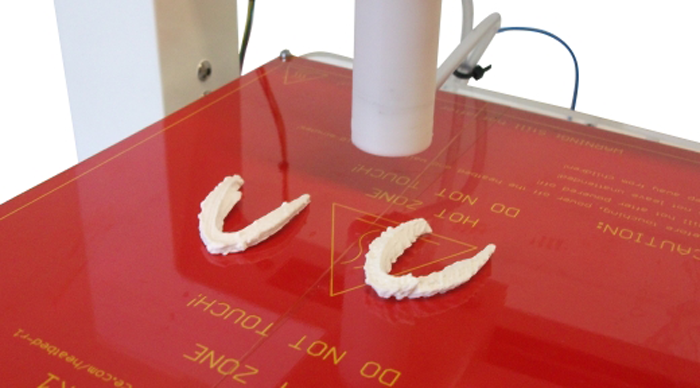Composite materials as you may know are some pretty unique and interesting components used to make a variety of products and structures. But did you know that 3D Printing also uses composites to create some amazing things?
Poly-jet materials are used in the production of many creations and are composites used with 3D printing. You may of come across a finished product that uses materials like polyethylene in the creation of many projects. Often these printing projects require a rubberized effect and in this case a mold. The composites used are not at all like the materials you may see in the construction of other projects. In fact composite material used in printing may also require a certain temperature resistance or thermal resistance. Also 3D Printing projects consist of materials which could be toxic and flammable in beginning stages.
Now you may be wondering why would we need a 3D print of anything that would require to use composites that seems to have nothing with printing materials like books?
Well, put simply think about the last time you went to the dentist. Yep! Dentistry especially in the modern age uses 3D printing and imaging to create a mold of your teeth.

That’s why you may have dental appointments spread out over time if you are getting a veneer or having a tooth completely rebuilt. Having a 3D print of how your teeth are aligned helps dentist to create the perfect mold. So, you see 3D printing and the use of composites is different that the composites used for certain types of military aircraft that use various materials. Pretty darn impressive huh?
3D printing has actually been around for quite a while with it’s inception into the marketplace right around the late 1970′s. The printers themselves are actually pretty complicated tools and some may think they look and act more like robots. Whatever they are portrayed as these printers get the job done well. The printing process involves injecting composite materials into the machine itself. To achieve the end result with a 3D printer the use of CAD (Computer Aided Drafting) is essential. This gives the company or individual an idea of what the final project will look like and assist in the development phase. The composites used are injected into the printer and the process begins. More often than not the materials used tend to have somewhat of a rubberized nature.
Hopefully you’re starting to get how composites are used in the 3D printing process and why like a lot of other projects using composite materials in often mandatory. When we talk of 3D printing and using composites this is the beginning stage of creating molds for final projects. Projects like futuristic vehicles that are used in movies or for the flamboyant vehicle enthusiast. It really all begins with 3D printing which is the architectural side of a 3D project. A good example is a car used for motion pictures with modifications that required a 3D concept is the Audi RSQ. This is the vehicle used for the movie I Robot, a futuristic film made in 2004.
You can see that 3D printing is crucial to an ever growing and changing marketplace. This process with the use of rubberized composites allows us to create things that half a century ago would only be considered space aged! The use of 3D printing is growing in popularity as more companies realize the potential of using this technology. While this type of printing has been around for a few decades it is an ever evolving process and the ability to use 3D imaging in a number of projects really makes this a pretty fascinating subject. `With constant advances medicine and industry it will be interesting to see to what extent 3D printing will be a part of that future!